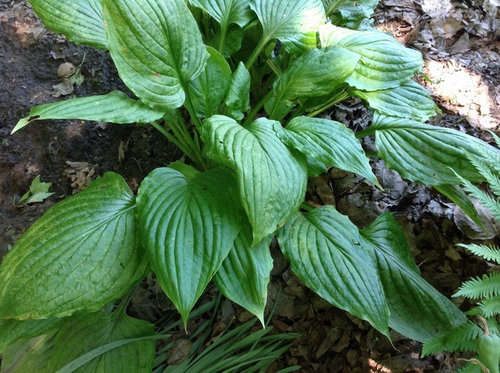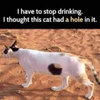Is this hxv?
serenitycove
9 years ago
This is an older variety that's been in my garden for 10-12 years and this is the first year it looks like this. It's not a favorite of mine and I have no problem getting rid of it but its in a part of my garden I want to redo and want to make sure I don't plant a hosta in that area if it is hxv. Isn't that kind of a long time for the virus to show up if it is indeed hxv?




paul_in_mn
bkay2000
Related Professionals
West Milford Landscape Architects & Landscape Designers · Birmingham Landscape Architects & Landscape Designers · Surprise Landscape Contractors · Eureka Landscape Contractors · Huntington Landscape Contractors · Lynwood Landscape Contractors · Middle River Landscape Contractors · Ocoee Landscape Contractors · San Carlos Park Landscape Contractors · Hawaiian Gardens Landscape Contractors · Golden Valley Landscape Contractors · Berkeley Driveway Installation & Maintenance · Fallbrook Fence Contractors · Park Ridge Fence Contractors · Towson Fence Contractorsin ny zone5
paul_in_mn
in ny zone5
paul_in_mn
serenitycoveOriginal Author
Jon 6a SE MA
in ny zone5